Funding Bold Ideas
An agile, low-burden program which gives money to Research Scouts to invest in other scientists' bold ideas.

The Research Scouts program is an investment in the “Bold Science” objective of Michigan Medicine’s research strategic plan, “Great Minds, Greater Discoveries,” and is modeled on the Hypothesis Fund. It's goals are to spark new scientific conversations and connections and test bold ideas that might otherwise go unexplored.
From diverse disciplines across the Medical School, Research Scouts were given $150,000 in 2023 and empowered to support their fellow researchers’ bold ideas. Scouts searched for early-stage ideas that can transform our current understanding of a scientific concept or field, challenge common dogma, or are wildly new and imaginative. Year one of funding for the program closed with:
$3.2 million distributed
46 projects
51 researchers
Projects from 11 basic science departments and 12 clinical departments
The University of Michigan has established scientific strengths in research areas that include all five basic human senses: smell, taste, touch, hearing, and sight. However, there is currently a lack of coalescence among these sensory biologists– a gap that we will address through the establishment of M-SENSE, A Michigan Sensory Biology Consortium. This consortium will engage UM researchers across all five sensory systems via a monthly data exchange and seminar series, and will investigate common and distinct roles utilized by core signaling pathways (e.g., Hedgehog, Wnt, BMP, Notch, and FGF) across these sensory systems.
Imagine a world where doctors can identify pregnancies at high risk of early birth, weeks in advance. This exciting project builds on a global study involving hundreds of teams, discovering a way to predict early preterm birth (before 32 weeks) using vaginal microbiome data. This is a major breakthrough, as early preterm birth can have serious consequences for babies and with this new test, doctors can provide earlier support and potentially prevent these complications, offering hope for countless families worldwide.
Sharan Srinivasan, M.D., Ph.D.
Spinocerebellar ataxias (SCAs) are hereditary neurodegenerative conditions that result in gait impairment, appendicular incoordination, and premature death. Although monogenic, attempts at gene-based therapies have been unsuccessful. In this project, we exploit targeting a shared mechanism of many SCAs, namely aberrant cerebellar circuitry. Novel compounds against specific potassium channels have already shown in vivo efficacy and are a promising therapeutic shift in how we treat neurodegenerative diseases.
The Community-Based Treatment for Glaucoma (ComBaT Glaucoma) program is a program designed in partnership with the community it seeks to serve. The mission of ComBaT Glaucoma is to decrease preventable vision loss and blindness by increasing eye care utilization in Black Americans, the community most disproportionately affected by glaucoma and resulting blindness. In partnership with the Historic King Solomon Baptist Church in Detroit, Michigan and its surrounding community members, ComBaT Glaucoma will use leverage our partnership with this trusted community space, community health workers, and public health education to address social barriers preventing eye care utilization and increase awareness around the importance of eye care.
The parasitic pathogen Toxoplasma gondii contributes significantly to global health issues, with certain newly isolated strains causing severe outbreaks and fatal outcomes in healthy individuals. This project focuses on the human-pathogenic Toxoplasma and aims to uncover the genomic characteristics that alter the parasite's virulence and pathogenesis. A better understanding of the virulence determinants in Toxoplasma can lead to two major benefits: 1) it can contribute to providing a scientific foundation for managing future outbreaks of severe toxoplasmosis in the human population; 2) by determining their mechanism of action, it can lay the groundwork for developing molecular tools to precisely manipulate human-specific cellular pathways.
Despite how common lower respiratory infections in children are, evidence-based guidance for clinicians caring for these children is either lacking or relies on subjective assessments of disease severity or risk of deterioration. The development of a prediction model that can be applied across diverse clinical areas to identify children at risk of decline is crucial to ensuring that all children get the right treatment at the right time. We aim to develop a regional research partnership with a focus on developing clinical decision support tools that support the equitable delivery and allocation of treatments and resources in children with respiratory failure.
Patients who are able to ask the right questions at the right time are more likely to get the care they need. We propose a collaborative-AI patient advocate to support patient-centered cancer care by suggesting important and appropriate “unasked questions” for patients as part of their care experience. This project is innovative in the focus on human-AI collaboration and contextual question generation and has the potential to re-shape patient-provider communication and transform the medical visit.
Healing Communities for Black Fathers is a bold and innovative project developed by a university (Michigan Medicine/Zero To Thrive)-faith organization (New Bethel Missionary Baptist Church [NBMBC] Pontiac MI/Institute of Trauma and Economic Justice, ITEJ) partnership to engage Black fathers from the community into the Fraternity of Fathers (FOF) mental health and parenting intervention. FOF is an Evidence-Based group therapy that delivers content through an experiential adventure-based approach. This differs from a traditional talk therapy model by actively engaging fathers in play and movement to elicit reflection. This partnership will allow that Black men get access to the programming, and data collected will help optimize implementation and scale up.
Artificial intelligence (AI) has the capacity to improve patient care and reduce physician burnout. At the same time, we have seen trust explode as an issue as ethical questions about quality, reliability, and privacy go unanswered. This project will generate a foundation for evidence-based guidance for ethical AI in healthcare and will provide the AI ecosystem the new tools they need to achieve the promise of AI.
Candida auris is an emerging fungal pathogen with unusual evolutionary history—there are multiple distinct phylogeographic clades showing a near simultaneous transition from environmental organism to nosocomial pathogen. To tackle this problem and start to understand the genetic differences that underlie the phenotypic differences between strains, we will build genome-scale mutant libraries for multiple clade backgrounds, thus enabling rapid analysis of diverse clinical isolates. This genomic resource will be critical for a rapid understanding of the core vulnerabilities of this deadly fungal pathogen.
The goal of this project is to develop reagents for the targeted protein degradation of a physiologically-important ion channel. Enabling targeted degradation in cell models will provide insights in cellular functions and pave the way for future experiments in whole organisms.
Over 80% of adverse maternal outcomes are preventable, many through key screening and management services provided in routine prenatal care. We will use a novel dataset to unlock key findings about prenatal care quality, accessibility and equity across the country, with a focus on historically marginalized groups with the worst maternity care outcomes.
The goal of this project is to develop and test a single session intervention (SSI) to improve insight about social media effects on mental health, to improve self-efficacy to make changes to social media use, and to improve knowledge of practical changes to make. The online single session intervention will be developed with the input from adolescent community partners who will be asked to provide feedback about the content, acceptability and feasibility of the SSI. Community partners will also pilot the SSI.
Cristian Minoccheri, Ph.D.
Despite the advances in capabilities of segmentation models, the scarcity of high-quality labeled images to train segmentation models with remains a problem. On the other hand, there are plenty of unlabeled images with medical notes or radiology reports. The goal of the project is to harness the power of generative AI models to skip the intermediate step of annotating images, and directly generate radiology reports from unlabeled (or loosely labeled) images. As a pilot project, we are aiming at using lower abdomen CT scans to identify the presence and severity of cancer. While being able to create accurate radiology reports from unlabeled images would be in itself very useful, this would open the possibility of using radiologists’ reports and a limited number of segmented images to obtain an effective segmentation model.
The goal of this project is to develop a scalable optical platform to identify genetic or chemical regulators of the integrated stress response. The dysregulation of the integrated stress response is implicated in human diseases including neurodegeneration, neurodevelopmental disorders, cancer, and infectious diseases. Yet, few small molecules are available for clinical use. We will create a new system to allow rapid genetic and chemical screens to pinpoint integrated stress response regulators in living human cells.
For decades we've known that insulin affects brain function, but just how it does this is not well understood. Our team is developing a sensor to detect insulin in the brain. This will allow us to understand how diseases like type II diabetes impact insulin's effects on brain function.
Filament formation by metabolic enzymes is a newly recognized phenomenon and represents an evolutionarily conserved but barely studied mechanism to control enzyme activity and localization inside many cells. Enzyme-based filaments in human cells have been implicated in cancer and neurodegenerative disorders while bacterial filaments are likely important for pathogens to thrive during infection. We will use cutting-edge cryo-electron microscopy and tomography techniques to explore the structures and molecular mechanisms that drive filament formation of bacterial enzymes, laying the groundwork for investigating their importance for bacterial fitness and pathogenicity.
Joanna Spencer-Segal, M.D., Ph.D.
Sepsis is a leading cause of death for hospitalized patients. The stress hormones, glucocorticoids, are essential to sepsis survival, but the effect of endogenous and exogenous glucocorticoids is limited by a resistance syndrome which is so far untreatable. In this project we will test a proposed mechanism of glucocorticoid resistance in sepsis and a completely novel strategy to overcome it. The research will contribute to mechanistic understanding of glucocorticoid resistance which is a crucial factor in sepsis death, and could potentially lead to new treatments with the ability to dramatically change sepsis mortality.
Anne Draelos, Ph.D.
Elise Savier, Ph.D.
Christian Burgess, Ph.D.
As neuroscientists seek to understand how neuronal populations respond to complex stimuli, it has become difficult to prioritize which stimulus parameters are most relevant for measuring in limited experimental time. For instance, even a small number of visual stimulus parameters (speed, direction, size) give rise to thousands of unique combinations: far too many to test exhaustively. We propose to instead leverage machine learning and Bayesian optimization to estimate neural responses to such high-dimensional visual stimuli in real time, adaptively selecting each next stimulus for testing, which can yield exponentially faster results. Ultimately, these methods could bridge the gap between simplistic and complex stimulus spaces, giving us new insight into the underlying bases of how visual or other sensory stimuli are represented in the brains of behaving animals.
The interpretation of brain magnetic resonance imaging (MRI) is a complex diagnostic task that requires advanced medical training in neuroradiology. The availability of board-certified neuroradiologists is limited and the number of brain MRIs done annually continues to increase in the United States and globally. Here, we aim to develop artificial intelligence (AI) models, called BrAInMR, for automated health system-wide MRI interpretation support. BrAInMR will be trained using vision-language modeling over 300k UM brain MRIs and their associated radiology reports. We will validate BrAInMR in a multicenter (Michigan Medicine, University of California San Francisco, New York University), prospective clinical trial that evaluates (1) accurate MRI report generation and patient triage for external neurosurgery/neurology referrals and (2) reduced neuroradiologist read-times for internal brain MRIs using BrAInMR diagnostic support. At successful completion of this proposal, we will demonstrate how large scale AI-based diagnostic tools can improve health system efficiency, access to expert-level care, and diagnostic accuracy.
Getting old is considered unavoidable in our lives. Guo Lab’s work in the freshwater planarians showed that this is also true for this extremely long-lived “immortal” animal. To figure out how planarians achieve the extremely long lifespans with proposed age-reversal strategies at the molecular and cellular levels has the potential to inform us with novel insights to extend lifespans, improve regeneration at the old age, and halt age-associated diseases.
Samantha Schon, M.D.
Allison Schulman, M.D.
Our overall goal with this study is to investigate a novel, minimally invasive, and effective treatment strategy for obesity among reproductive-aged women and to understand how the resultant weight loss impacts reproductive hormones, menstrual regularity, body image and sexual function. We specifically aim to investigate endoscopic sleeve gastroplasty (ESG) as a low-risk, minimally invasive approach to weight management in a reproductive-aged population. We hypothesize that endoscopic sleeve gastroplasty (ESG) is associated with significant weight loss and adiposity reduction, as well as improvements in reproductive hormones, menstrual regularity, body image, and sexual function among reproductive-aged women.
Julie Ziobro, M.D., Ph.D.
Louis Dang, M.D., Ph.D.
Genetic variants cause severe epilepsy and intellectual disability in early childhood. Recent advancements in gene-directed therapies provide an unprecedented opportunity for the rapid development of individualized therapies that can potentially improve cognitive/motor function and suppress debilitating and deadly seizures over a lifespan. Our objective is to leverage our epilepsy genetics clinic and laboratory models of epilepsy to identify and study gene variants in order to rapidly develop gene-directed therapies.
This research idea integrates two cutting-edge microscopy techniques, ultra-high-speed microscopy and confocal microscopy in real-time, to push the boundaries of current knowledge on both physics and biology aspects of acoustic droplet vaporization. The findings will provide a mechanistic understanding of this phenomenon, which is incredibly understudied, and expand its potential biomedical applications.
Although treatments for multiple sclerosis (MS) have successfully evolved to markedly reduce neurological disability, problematic fatigue, cognitive dysfunction, and pain persist and severely impact the quality of life of persons with MS (PwMS). The failure to develop effective interventions for these symptoms is related to our inability to capture their dynamic nature that demonstrates significant variability across and within days as well as difficulty concomitantly measuring the critical inputs of sleep and circadian rhythms (our body’s internal clock). Therefore, we will use mobile application deployed ecological momentary assessment and wearable data to comprehensively phenotype symptoms, sleep, and circadian phase longitudinally to inform the design of patient specific interventions.
This project seeks to develop and implement into clinical practice an intelligent triaging model for patients with dizziness and vertigo using machine-learning. The project will include validation that the augmented human intelligence triage system will increase accuracy of necessary appointments, improve access for surgery, decreases costs, and improve post-treatment clinical outcomes. The learnings and structure will be used in the future for other clinical areas of otolaryngology.
Ischemic heart disease, often caused by acute myocardial infarction (MI), is the leading cause of morbidity and mortality in the developed world with millions of patients developing heart failure due to myocardial scarring and ineffective tissue healing. Studying adult mammals that exhibit enhanced cardiac healing and the underlying cellular mechanisms regulating such a phenomenon has the potential to guide the development of novel clinical therapies. This project will focus on understanding the cardiomyocyte metabolic adaptations that occur during and after MI in spiny mice in an attempt to develop novel therapeutic strategies to improve cardiac function and reduce heart failure.
The goals of our research project are 1) to develop and refine an education tool to support patient-centered decision making for kidney transplant candidates about acceptable donor organ quality based on individualized outcome estimates, and 2) collect feedback on the tool from patients and transplant providers. Despite ample national data and analytic frameworks, there is currently very little patient-centered education provided to patients on how variations in donor kidney quality may impact their own individual outcomes. Our educational innovation will meet an unfulfilled need, as it not only significantly enhances patient education but helps patients directly engage in decision making that can help achieve their optimal outcomes in a transparent fashion.
Jean Nemzek, D.V.M., M.S., D.A.C.V.S.
Once considered the gold standard for sepsis studies, mouse models have become controversial due to decades of promising preclinical findings that have failed to translate into humans. We suggest these models do not recapitulate the human condition due to the inherent cold stress and immunocompromise experienced by mice housed under standard laboratory requirements. If our studies are successful, simply raising room temperature will produce a more relevant platform for preclinical studies and advance the development of effective biomarkers and therapeutic strategies for sepsis.
Depression is a leading cause of disease burden and disability in the US with 1 in 8 women in the experiencing depression, almost twice the rate as men. Depression in women is often linked to decreases in circulating hormones, especially estradiol. Recent work has found that women diagnosed with a mood disorder have much higher levels of the estradiol metabolizing bacteria. This presents a novel, peripheral, target for treating depression in women.
The innovation of our project is in its approach to develop a technology to give healthcare providers rapid diagnostic information that will assist with their evaluation of patients with acute traumatic brain injuries and to guide their management and treatment plans. This award by a Research Scout will enable the critical de-risking of our technology and make us more competitive for future federal funding and commercialization opportunities.
Andrea Alford, Ph.D.
Jaimo Ahn, M.D., Ph.D.
Bone fractures are extremely common, but cellular mechanisms underlying successful, failed, or delayed healing are not known nor are they considered during an individual patient’s fracture care. Our bold idea is to connect attributes of stem and progenitor cells present in a fractured bone to healing outcomes of individual patients by establishing a prospective skeletal progenitor cell phenotyping program conducted in parallel with longitudinal clinical, patient-centric assessments of fracture healing. The resulting data sets derived from individual patients will inform diagnostic and interventional hypotheses aimed at personalizing bone fracture care.
Despite being the single most common cancer worldwide, basal cell carcinoma (BCC) has low morbidity, extremely low mortality, and – in the case of low-risk lesions – no clear benefit of treatment for many patients. We are performing a pilot randomized controlled trial to determine whether active surveillance (watching rather than treating) is a safe and acceptable alternative to standard treatment for low-risk BCC in patients aged 65 and older. Establishing active surveillance as a viable alternative for low-risk BCC can decrease unnecessary procedures, combat rising treatment costs, and promote distributive justice by improving access to dermatologists for other patients with greater need.
The 21st Century Cures Act mandates immediate release of test results, including surgical pathology reports, to patients. Research shows that most patients do not understand their pathology report and nearly all are worried by the reports even when results are benign. Patient-centered pathology communication tools, such as the patient-centered pathology report, and pathology explanation clinics, may help bridge the communication gap between patients and the information contained in the pathology report. This project aims to evaluate the effectiveness of patient-centered pathology tools to improve diagnosis knowledge and preparation for treatment decision, while mitigating worry and confusion in prostate cancer patients. If found to be effective, these tools could be adapted and disseminated to support all patients receiving a surgical pathology diagnosis in the future.
Future treatments for complex diseases like cancer and drug resistant infections will likely involve a combination of multiple therapeutic modalities targeting neurological, immunological and metabolic processes. Yet we lack a rational basis to design such multimodal treatments. To address this, we will develop a novel workflow to discover multimodal therapies for drug-resistant infections using mechanistic AI methods.
This innovative project will leverage the opportunity to obtain matched primary and metastatic biopsies in pancreatic cancer patient for single cell sequencing and to derive organoid culture. This proposal will address how biological differences in the metastatic and primary tumor translate to different therapeutic niches within the same patient. Ultimately, results from this project will help to parse out the critical question of why patients with multifocal disease often have differing intertumoral responses to chemotherapy.
Mental disorders of poorly understood etiology are having increasingly large impacts on human populations, including schizophrenia and autism. Wilson and colleagues are developing genomic tools to ask whether a specific type of gene mutation occurs during neurodevelopment to create purposeful genetic heterogeneity of brain cells. These mutations would diversify brain neural networks in normal individuals, whereas developmental stresses in utero might create too many mutations, leading to mental disorders. If validated, this model could change our understanding of how mental health might be influenced by interventions in pregnancy.
Compared to other mammals, humans have a massively expanded neocortex that supports our unique capacity for language, abstract thought, and higher-order cognition. Despite this importance, we still know very little about what the neocortex does to control our behavior, let alone how these functions arise. This project will employ cutting edge tools to test the hypothesis that the neo-cortex instructs synaptic plasticity in evolutionarily ancient sub-cortical structures, thereby consolidating learned information at the earliest stages of the central nervous system.
Neural tube defects (NTDs) are serious developmental abnormalities in the early nervous system, leading to disability, paralysis, or even neonatal mortality. Factors such as genetics, nutrient deficiencies, and certain medications contribute to the risk of NTDs. Our objective is to investigate the impact of an FDA-approved drug panel on a brain organoid model of NTDs, aiming to uncover new pharmaceutical teratogens and potential preventative treatments.
Neurotransmitters are chemicals that transfer information between cells in the brain and as such fundamentally determine the way the brain works. Recent evidence suggests that individual neurons within the adult brain can switch expression from one neurotransmitter to another, but it is not yet clear to what extent this process occurs in neurologic disease. We will test whether seizures trigger “neurotransmitter switching”, a finding that would provide a new explanation for how the brain is altered in epilepsy.
Our study examines the intersection of patient knowledge, prior experiences with the healthcare system and provider characteristics that impact the willingness to undergo treatment for carpal tunnel syndrome among Black patients. We will assess patient preferences for adjunctive educational content during a surgical consultation, specifically the role of racially-concordant visual representations of hand conditions and treatments among Black patients. We anticipate that increased understanding of the burden of disparities and inequities that our Black patients experience when seeking care for hand conditions will facilitate patient-centered changes in our approach, deconstruction of barriers to hand surgery care, and a decrease in the reluctance and distrust of the healthcare system among Black patients impacted by these conditions.
Single-cell/single-nucleus RNA-seq technology presents unprecedented opportunities to study the transcriptomes of rare cells (< 1%) in complex tissues, but high sequencing cost remains a significant obstacle for wide adoption, as transcriptomes of the rare cells cannot be obtained without sequencing the whole single-cell-barcoded library. We aim to develop a targeted sequence enrichment approach designed to isolate all the DNA molecules originated from transcripts of the targeted rare cells in an unbiased manner from the single-cell-barcoded sequencing library, therefore achieving high coverage of the targeted transcriptomes with minimal sequencing requirements. Successful implementation of this approach downstream of standard single-cell library creation procedures would enable transcriptomic exploration for rare cells at the single-cell resolution at a cost-to-coverage ratio approaching conventional bulk RNA-seq.
Shahzad Mian, M.D.
Lev Prasov, M.D., Ph.D.
Yan Zhang, Ph.D.
Gene-editing therapy promises a permanent cure for ocular defects and blindness by tackling the genetic root cause of hereditary eye conditions. This translational research project will develop therapeutic and delivery strategies for correcting genetic mutations in the common hereditary corneal dystrophies using cutting-edge CRISPR technology. A successful implementation and effective translation into clinical practice will offer a blueprint for addressing many other genetic disorders affecting tens of millions of people worldwide.
Chronic rhinosinusitis (CRS) is a severe inflammatory disorder of the upper airway sinonasal mucosa that affects up to 12% of the United States population and substantially diminishes the quality of life and productivity of patients. Up to 20% of patients remain unresponsive to current medical treatment, necessitating 600,000 sinus surgeries annually. We aim to develop a novel, antibody-based, synthetic protein nanoparticle drug delivery system that can incorporate anti-inflammatory medication for safe and effective local treatment of sinonasal inflammation. The far-reaching benefits of a targeted, anti-inflammatory drug delivery system will extend beyond CRS to other chronic inflammatory diseases.
We propose a novel, clinically translatable imaging method to predict patients at high risk for lung metastases, which would fill a massive void in cancer research and clinical care. We propose to accomplish this transformative objective by imaging pathophysiologic changes that occur in the lungs before development of metastases detected by conventional anatomic imaging. If successful, this imaging method could become a prognostic biomarker that helps oncologists tailor therapy for individual patients based on risk for metastasis.
Sickle cell disease (SCD) is a devastating blood disorder characterized by repeated pain crises, chronic organ dysfunction, and reduced life expectancy. SCD affects primarily individuals of African descent and has unfortunately been historically under-funded compared to other equally prevalent disorders. We aim to identify novel therapies for SCD using a high-throughput screen that aims to test thousands of small molecules (a large proportion of which are uniquely available at the University of Michigan) for their ability to ameliorate the disease. This project is bold, highly promising, can only be done at an institution like the University of Michigan, and has the potential to result in meaningful improvements in the lives of hundreds of thousands of individuals affected with this disease.
We want to develop and combine two new technologies: (1) experimental approaches for measuring both morphology and gene expression in the same single cells and (2) computational models that link the two measurement types. We hope to develop general tools that will yield insights into the relationship between gene expression and morphology across many cell types, cellular perturbations, and diseases.
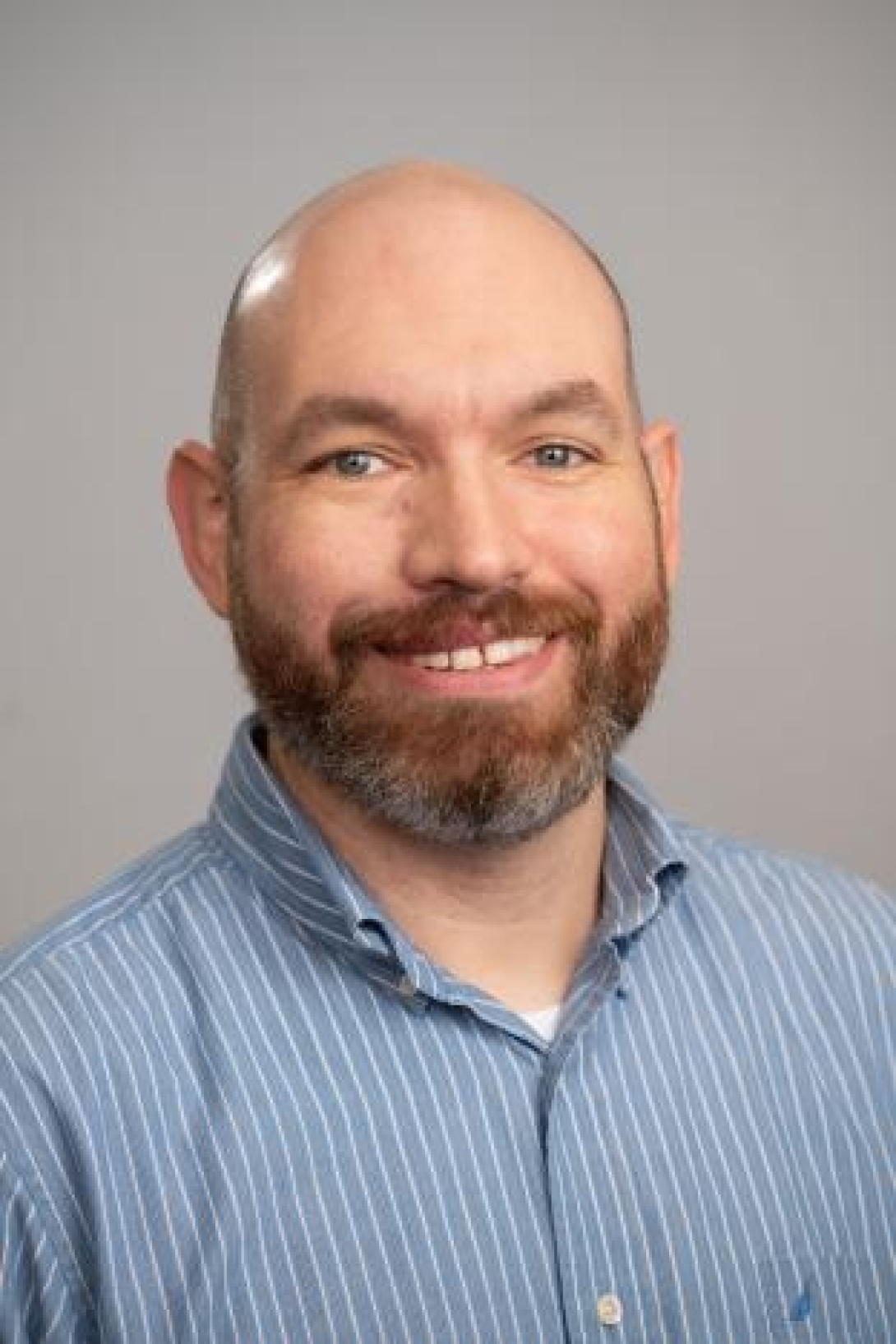
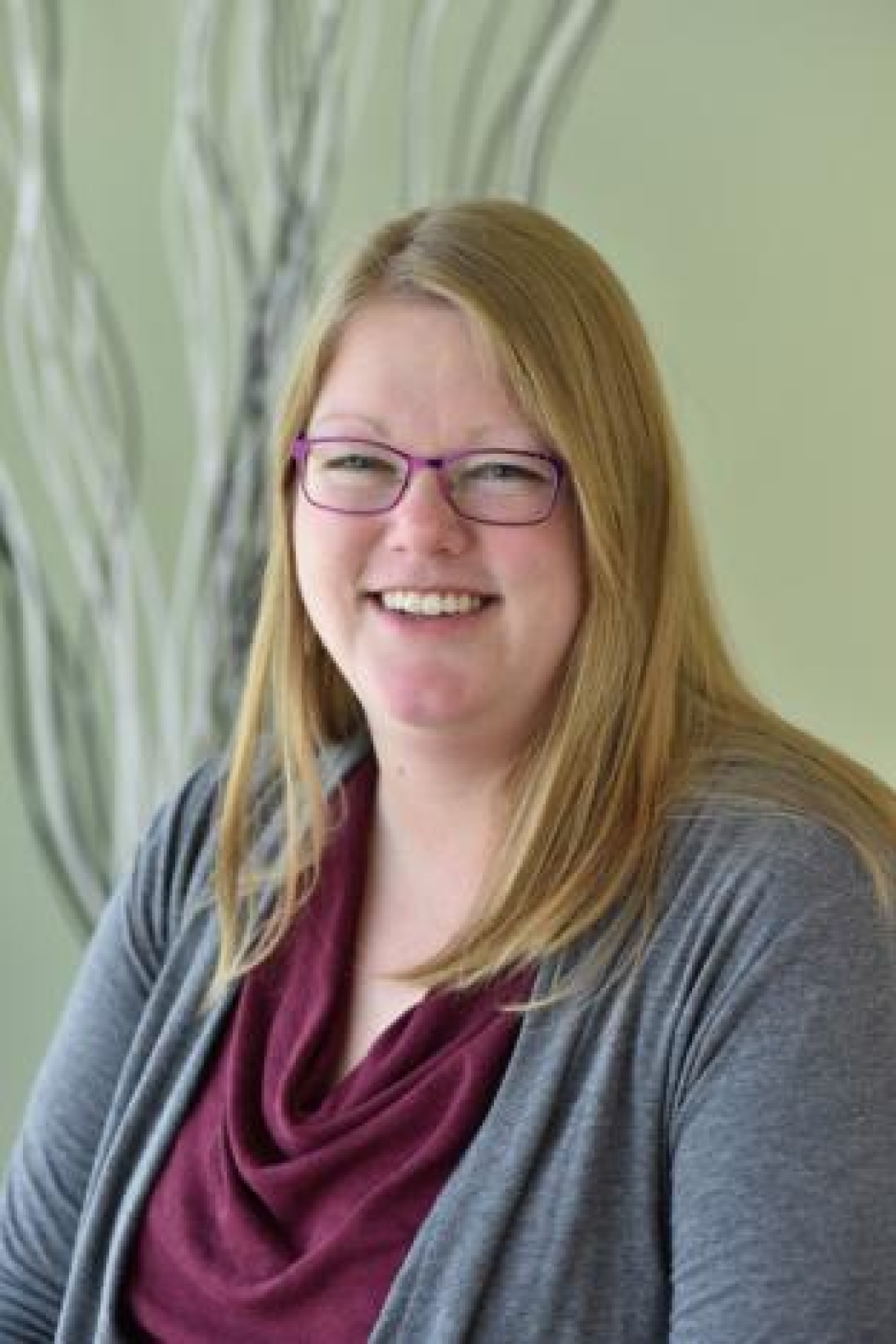

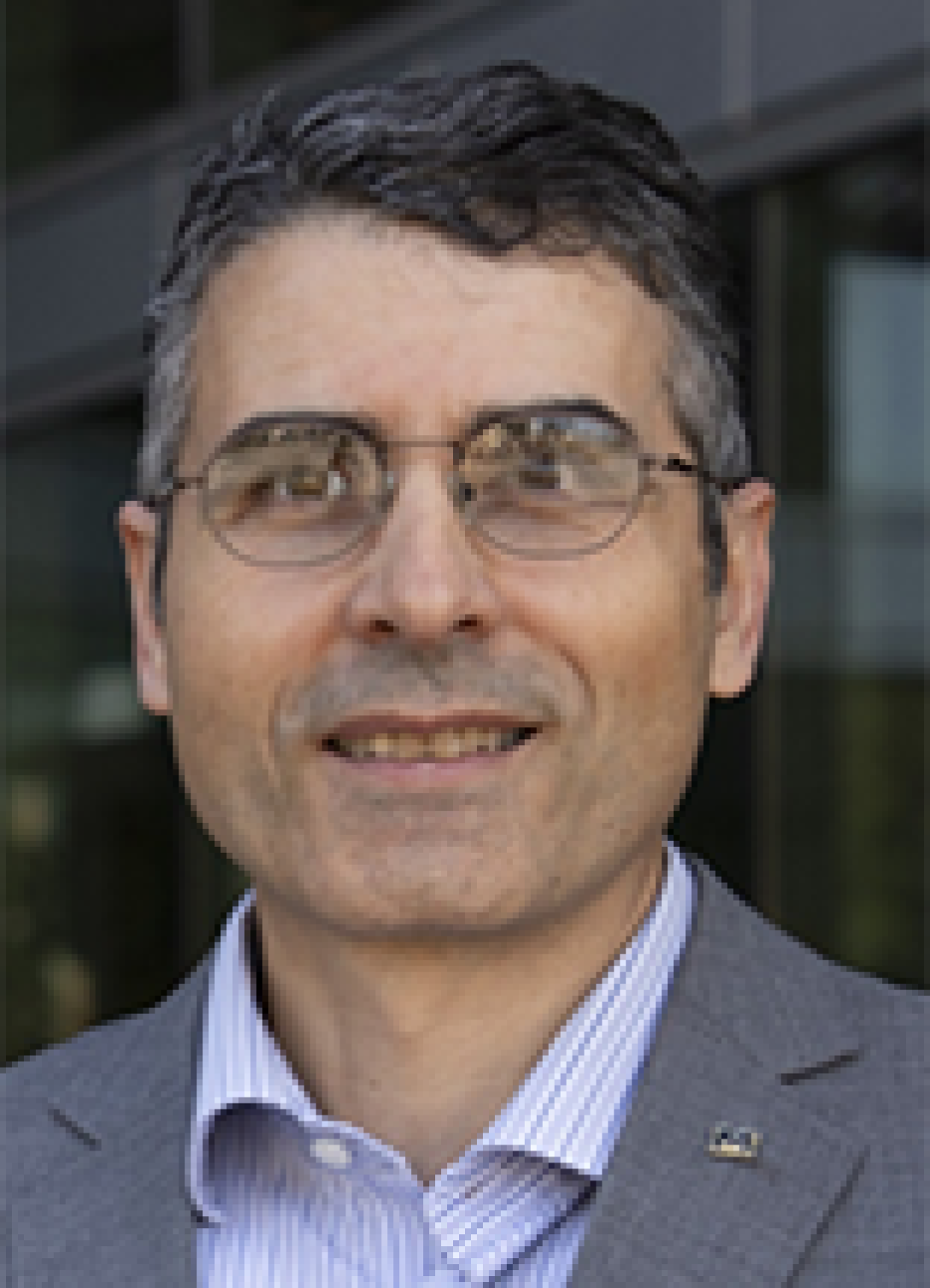

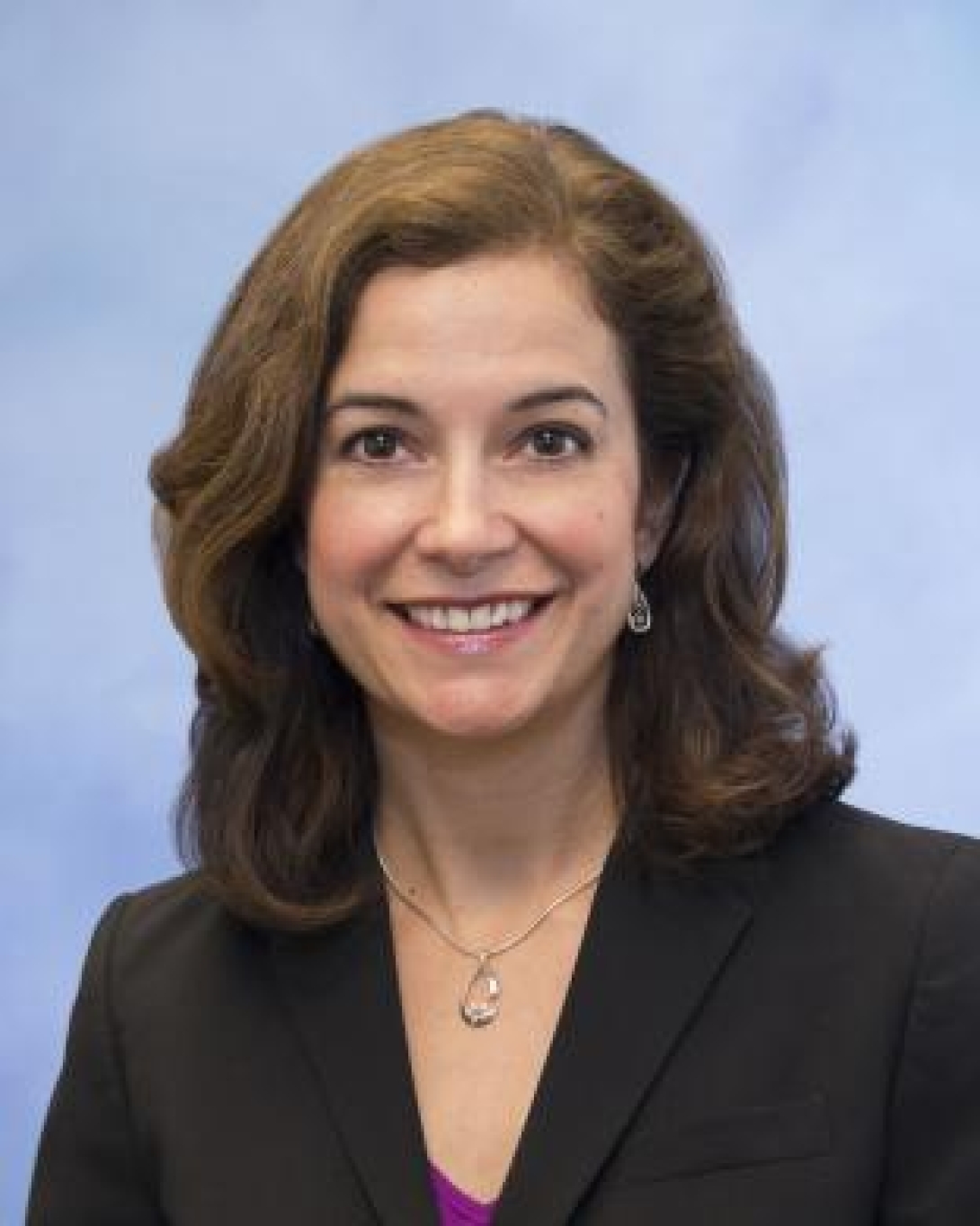


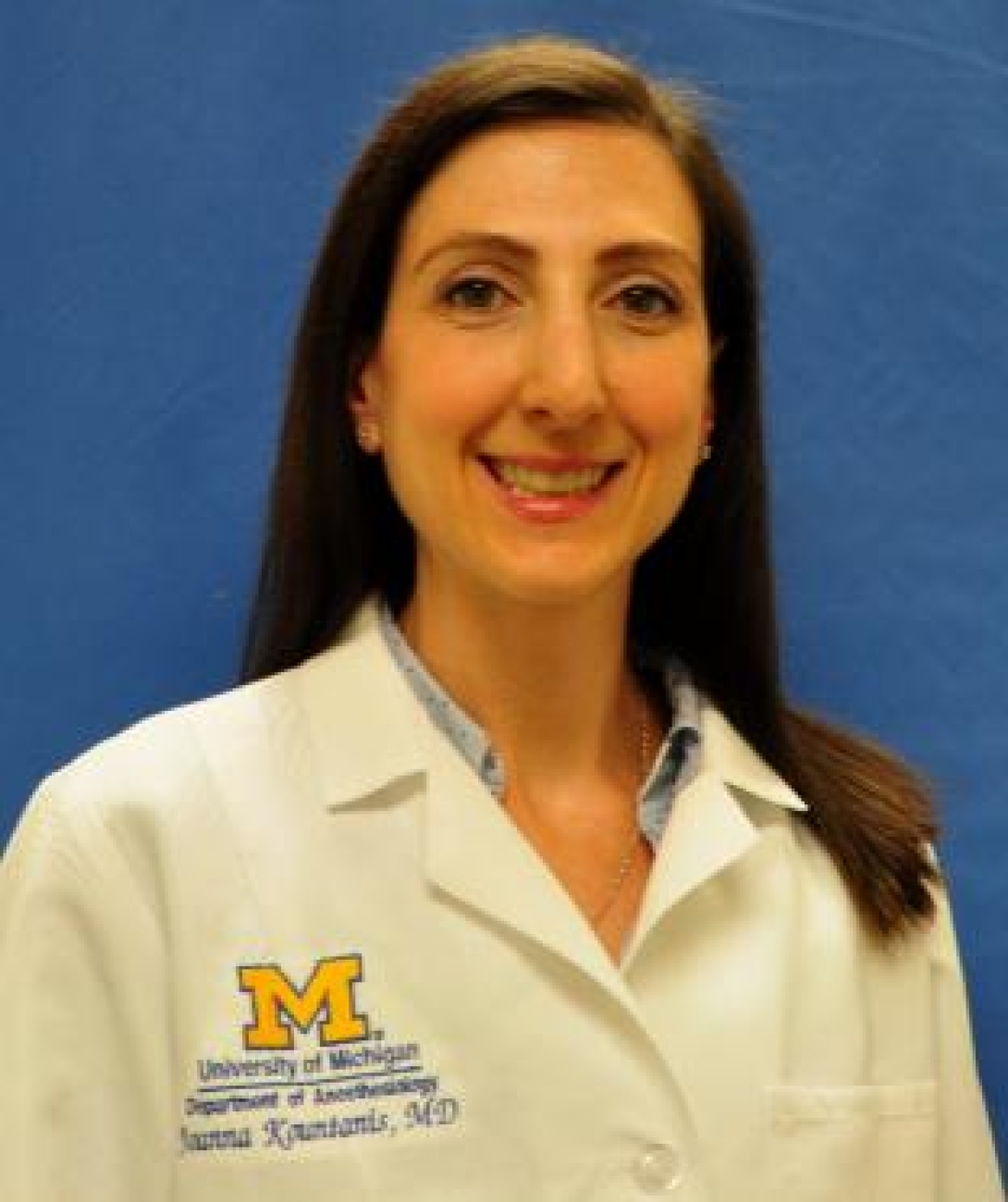

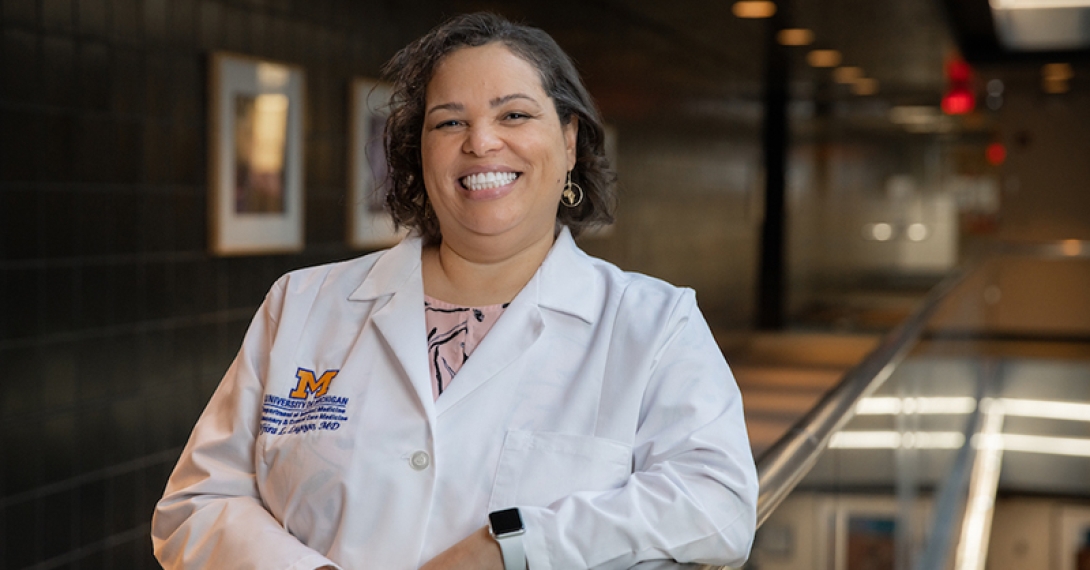


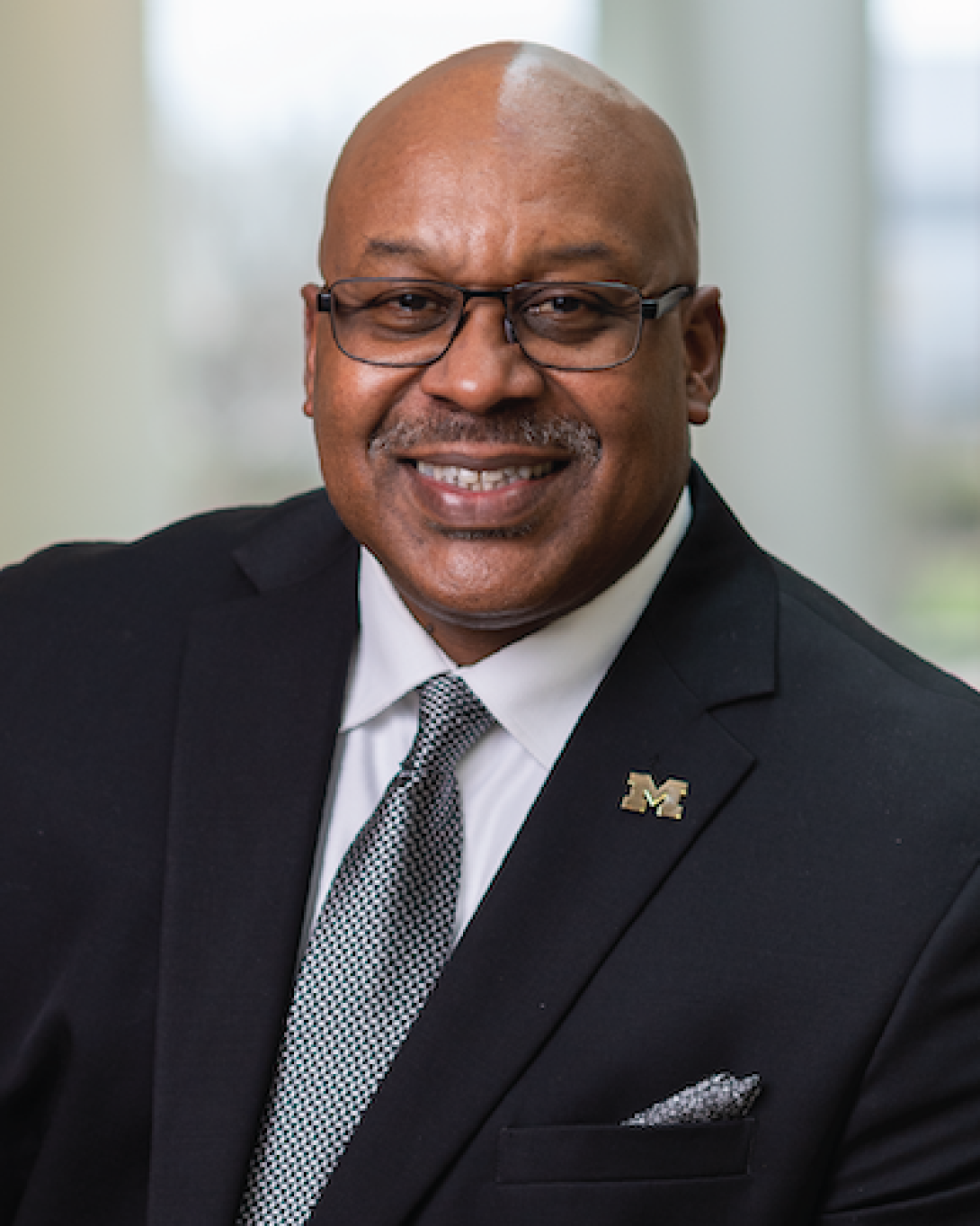

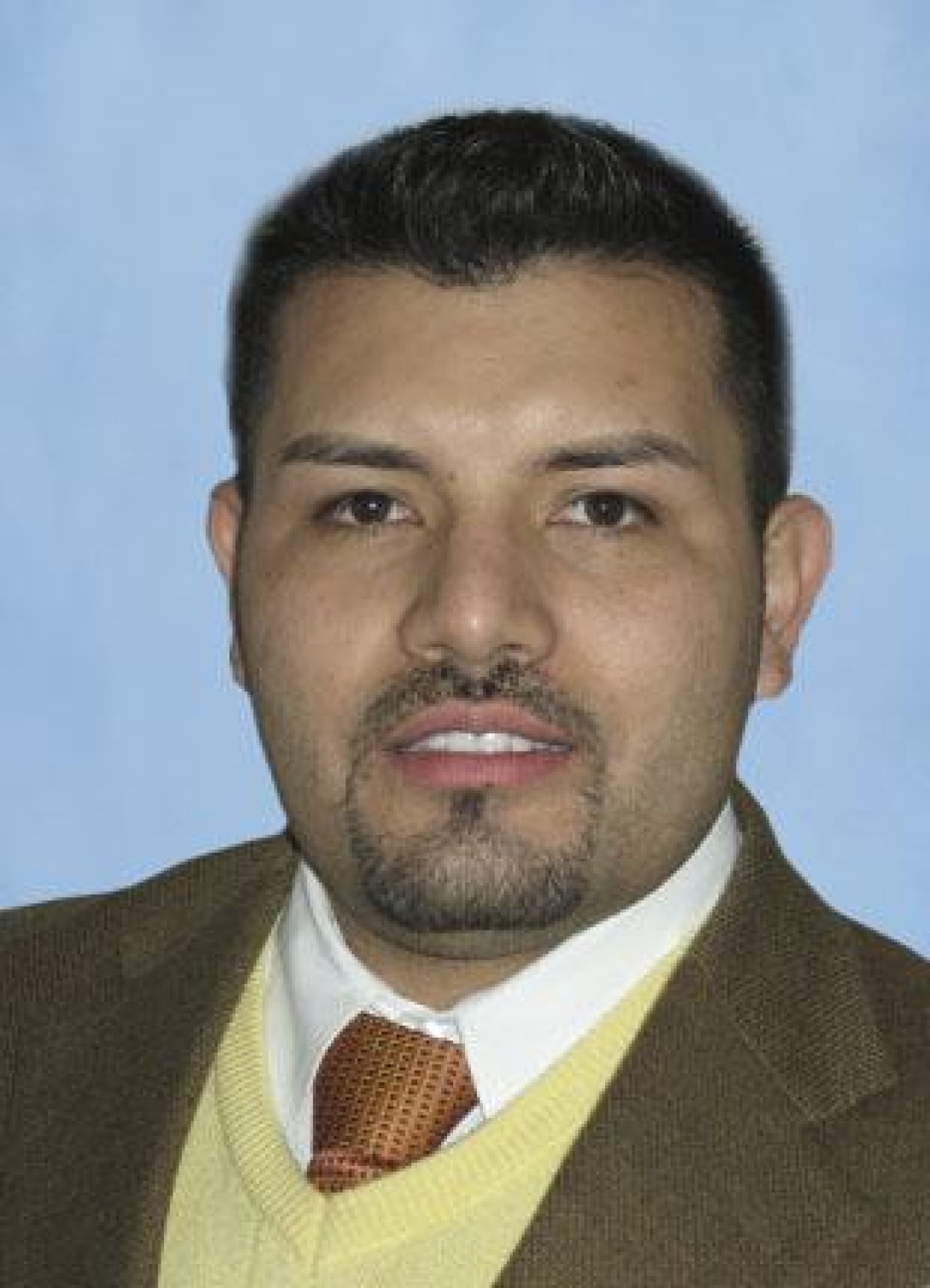
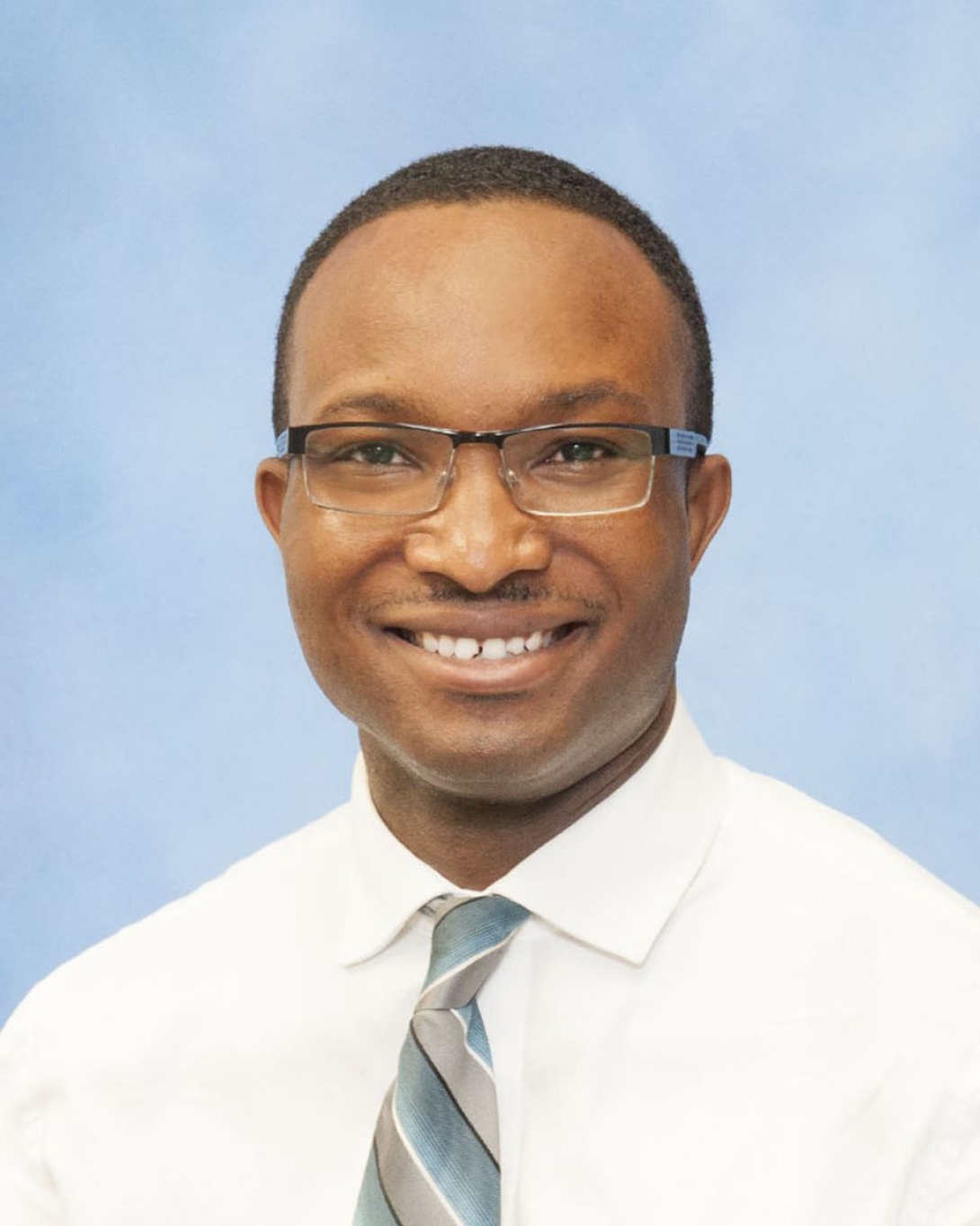
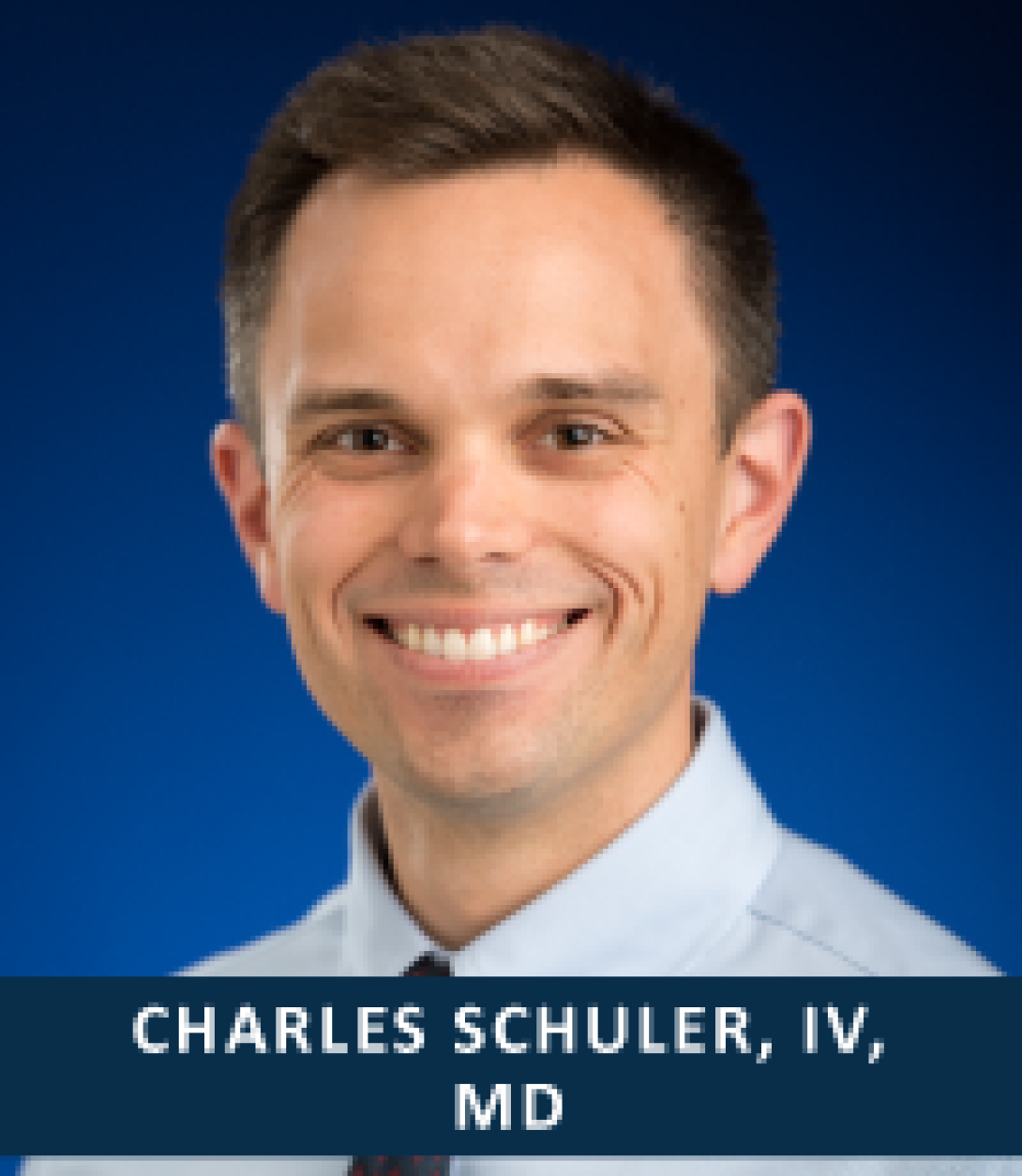
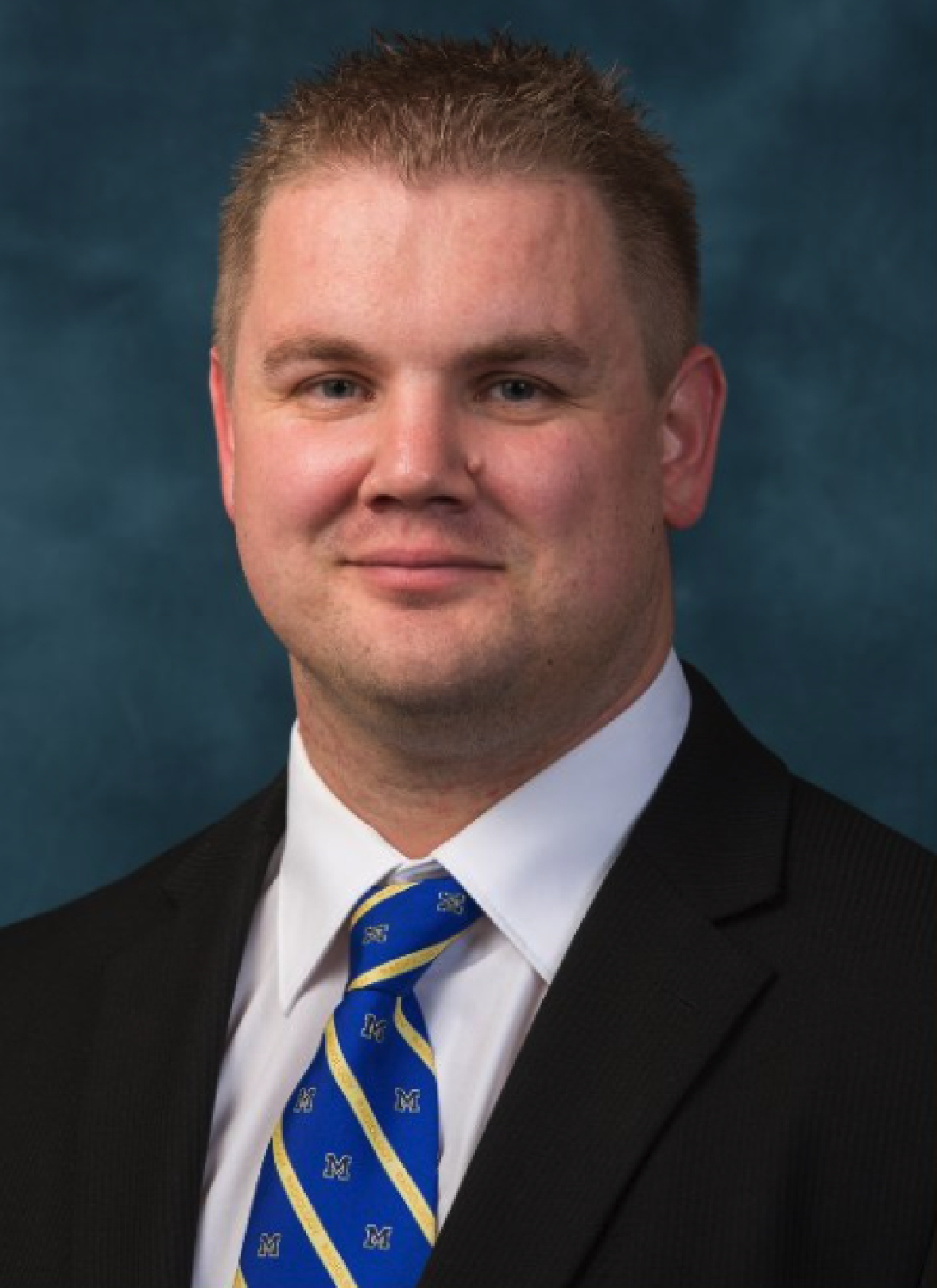





1301 Catherine Street
Ann Arbor, MI 48109-5624
North Campus Research Complex (NCRC)
Building 520, 3rd Floor
2800 Plymouth Road
Ann Arbor, MI 48109-2800